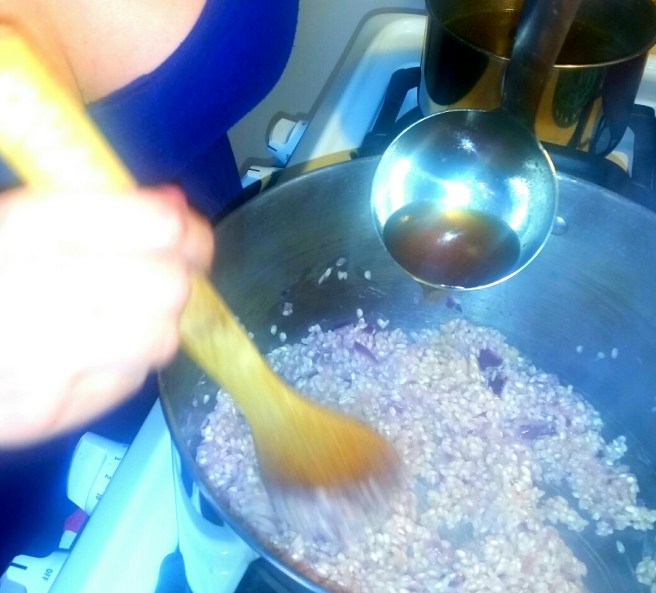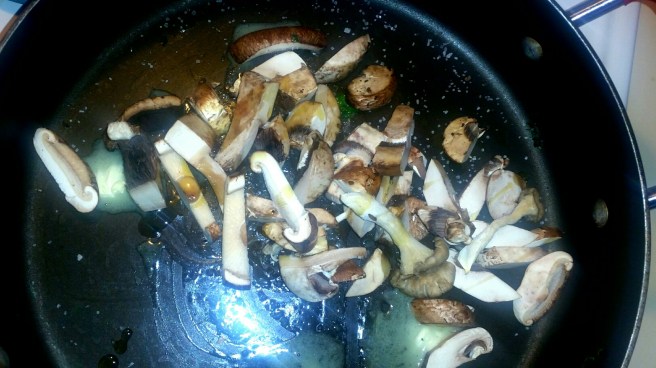Photography by me.
Are you a Venetian at heart? I am, and any book set in Venice has a special place on my bookshelf. Venice is the most beautiful place on earth, because it shimmers. That’s the only way I can describe it. The waters surrounding the islands, the lagoons with their sea-green waves, the sight of the church towers from Piazza San Marco or Isola di San Michele from the Fondamenta Nuova……….pictures don’t do it justice and I have rarely read a book description that fully does, either. You simply have to visit Venice and see its gorgeous, watery-reflected beauty for yourself.

The Mirror Thief is set in three separate historical timeframes, and in three different Venices. Venice, Italy is the heart of the tale and where the story of conspiracy, theft, and some very odd metaphysical concepts of time, starts with the story of Crivano, an alchemist who wants to steal the secret of Venetian glassmaking in the late 1500s. Venice Beach, California is literally the midpoint of the book and the historical setting of late 1950s and the beatnik poet scene in which Stanley seeks out the author of the book that has affected him profoundly, and finally, the Venetian Hotel in Las Vegas, Nevada in 2003, when Curtis goes on a quest to find Stanley, and instead, finds the book that has colored his entire life, The Mirror Thief, an alchemical book of magical poetry written about Crivano himself.

The three timeframes are connected incredibly well, due to Seay’s expertise in both writing and connecting disparate concepts. I was hooked from the first sentence, and although I had to make sure and not lose the threads of the complex storylines and historical timeframes, honestly, this is the most engrossing book I’ve read in years. It also made me consider the concept of mirrors and reflections – do we exist only because we are reflected back to ourselves in a mirror? Can the mirror ever reflect anything but the truth? What is the truth, and how do we see it reflected back to ourselves?

My favorite line is: It is difficult, but probably necessary, to remember that books always know more than their authors do. They are always wiser. Once they are in the world, they develop their own peculiar ideas. I’ve never written a book, but I agree with the idea that books do become something completely different than what their authors intended. It’s inevitable, don’t you think? In reading any book, we all bring our own ideas, preconceived notions, heartbreaks, beliefs and convictions.

A scene where Crivano arrives at an inn in the Rialto area to meet Tristao, one of his co-conspirators, featured some truly delicious sounding foods, including what I took to be another description for risotto.

One of Anzolo’s Friulian serving-girls has emerged from the kitchen, bearing sweet white wine from Sopron. Before Crivano’s cup is full, a second girl arrives with food: tiny artichokes, rice porridge, Lombardy quail stuffed with mincemeat……………Crivano takes a spoonful of rice porridge – rich with beef broth and mushrooms – and chews it slowly, trying to imagine what Narkis would have him do.

Risotto – rice porridge – is one of those deceptively simple dishes. It’s essentially stirring liquid into rice for 25-30 minutes until absorbed. Yet, like any other dish that relies on simplicity for its tastiness, it also relies on high-quality ingredients. Arborio rice is what is usually used, or Vialone Nano, which is a bit harder to find where I am. I decided some beef-flavored risotto bursting with artichoke hearts, mushrooms and Parmesan cheese was in order this Sunday afternoon, based on the method clearly outlined in Chestnuts and Truffles post on making risotto like a Nonna. Ciao, bella!

INGREDIENTS
1 14-oz jar artichoke hearts
2 tablespoons olive oil
2 tablespoons butter
1 cup baby bella mushrooms (sliced)
3 cups spinach
6 cups beef stock and 1 beef stock cube
1 cup white wine
1 red onion, finely diced
5 cloves garlic, finely diced
1 and 1/2 cups arborio rice
1/2 cup parmesan cheese
METHOD
Saute the mushrooms in half the olive oil and butter, about 10 minutes.

Add the spinach, mix well and cook until the spinach has wilted. Set aside.

Heat the beef broth in a large pan. Bring to a low boil and keep it hot.

In another pan over medium heat, add the rest of the olive oil and butter, and cook the onion and garlic until soft.

Pour in the arborio rice, and stir. The idea is to get the butter and onion flavors into the rice, and also to toast it a bit, again for added flavor. This is called la tostatura, as the rice toasts. So says my friend and awesome chef Luca Marchiori.

Splash over the white wine, and give the rice another mix. Then start slowly adding the hot beef stock, one ladleful at a time. Stir each ladleful until the liquid has completely absorbed.

Continue in this vein, repeating a ladleful of stock and stirring until absorbed. It’ll probably take a good 25-30 minutes. I find stirring risotto very therapeutic, along the lines of making caramelized onions. It soothes the heart and mind.

When the risotto is al dente, add in the wilted spinach, mushrooms, and artichoke hearts. Taste for seasoning and add salt and pepper if needed. Sprinkle over the Parmesan and again, stir.

Serve with more of the same white wine you used for the risotto, and eat with sheer pleasure in your heart, dreaming of Venice.


This recipe looks amazing and somehow amazingly simple, too!
I love that you cook recipes inspired by books, it’s such a great idea.
I, too find stirring food quite therapeutic, especially rice based dishes.
This is really making me crave a risotto right now and I will try to recreate this recipe!
Thank you for sharing it and hope you have a lovely day. 🙂
LikeLiked by 1 person
Thank you so much for your kind words! Yes, making risotto is always very therapeutic, like making caramelized onions. I’m really glad you enjoyed the post and are inspired to try the recipe. Please let me know how it turns out for you.
LikeLike
Reblogged this on The Blog That Would Destroy the World and commented:
[COMMENT: re: “…though I’d rinse the marinated artichokes first, as the flavor was a bit overpowering.”
That’s interesting because it’s like removing the negative connotations(the sour part) of the French expression, AVOIR UN COEUR D’ARTICHAUT (To have an artichoke’s heart): to fall in love easily and worse…]
LikeLiked by 1 person
I do love that quote. It’s all a matter of taste, pardon the pun. I love artichokes in the normal run of things. Here, with all the other intense flavors, the marinade was a bit much, but others would probably like it. Thanks for stopping by and for commenting! 🙂 I appreciate it!
LikeLike
Hi Vanessa, thanks again for featuring THE MIRROR THIEF; I’m glad you enjoyed it! My spouse Kathleen and I look forward to cooking the risotto soon . . . well, a veggie-broth adaptation of it, anyway, in deference to Kathleen’s eschewing of meat. And you’re 100% correct in interpreting the “porridge” as some kind of risotto. One of the things I tried to do in the book is put the reader VERY close to the point of view of the main character in each of the three sections; in the 1592 sections I decided to avoid using non-English words—even very common ones like “risotto”—as much as possible, because the things they name wouldn’t be perceived as foreign by the characters themselves. We speakers and readers of 21st-century English think of risotto as Northern Italian cuisine, but to someone in early-modern Venice it would have just been everyday food . . . so a simple, homey word like “porridge” seemed like the right way to go. Anyway, thanks again! I look forward to reading more!
LikeLiked by 1 person
Hi Martin, and thank you so much for reading and commenting on my blog post! I’m honored that you want to recreate the dish based on your book, which I am recommending to everyone I meet. In fact, I’m reading it again because I think I missed a few things in Stanley’s world. So is the man he meets at the very end with the little dog Crivano? Who exactly is Crivano – the Lark? So many questions, which is part of why I love the book so much. Most books answer all your questions at the end – yours just opened up my mind to so many more. Well done! And as a matter of fact, while researching Venetian porridge when preparing to make this dish, every reference I found came back to risotto, with the same explanation as yours – risotto is a more modern word and porridge would have been what was known in 15th century Venice. If you do make the risotto, a vegetarian broth would be delicious. The only thing I would do differently is drain and rinse the marinated artichokes, as I found the taste a bit strong for me. Anyway, can’t wait for your next book and again, thank you. I’m truly honored to have your commentary on my blog!
LikeLike
you read the most interesting-seeming books. or maybe you just make them sound interesting. looks delicious as always. and makes me yearn to see venice again. i was just there for a day in college, lugging around a big backpack, and feel like i missed it.
LikeLiked by 1 person
Thank you! I think you’d very much enjoy this one if you get a chance to read it. Amazing descriptions of places, glass, and some pretty major mind-bending concepts. The risotto was great, though I’d rinse the marinated artichokes first, as the flavor was a bit overpowering. If you ever have the chance to get to Venice again, please please go. It’s the most beautiful place in the entire world.
LikeLike